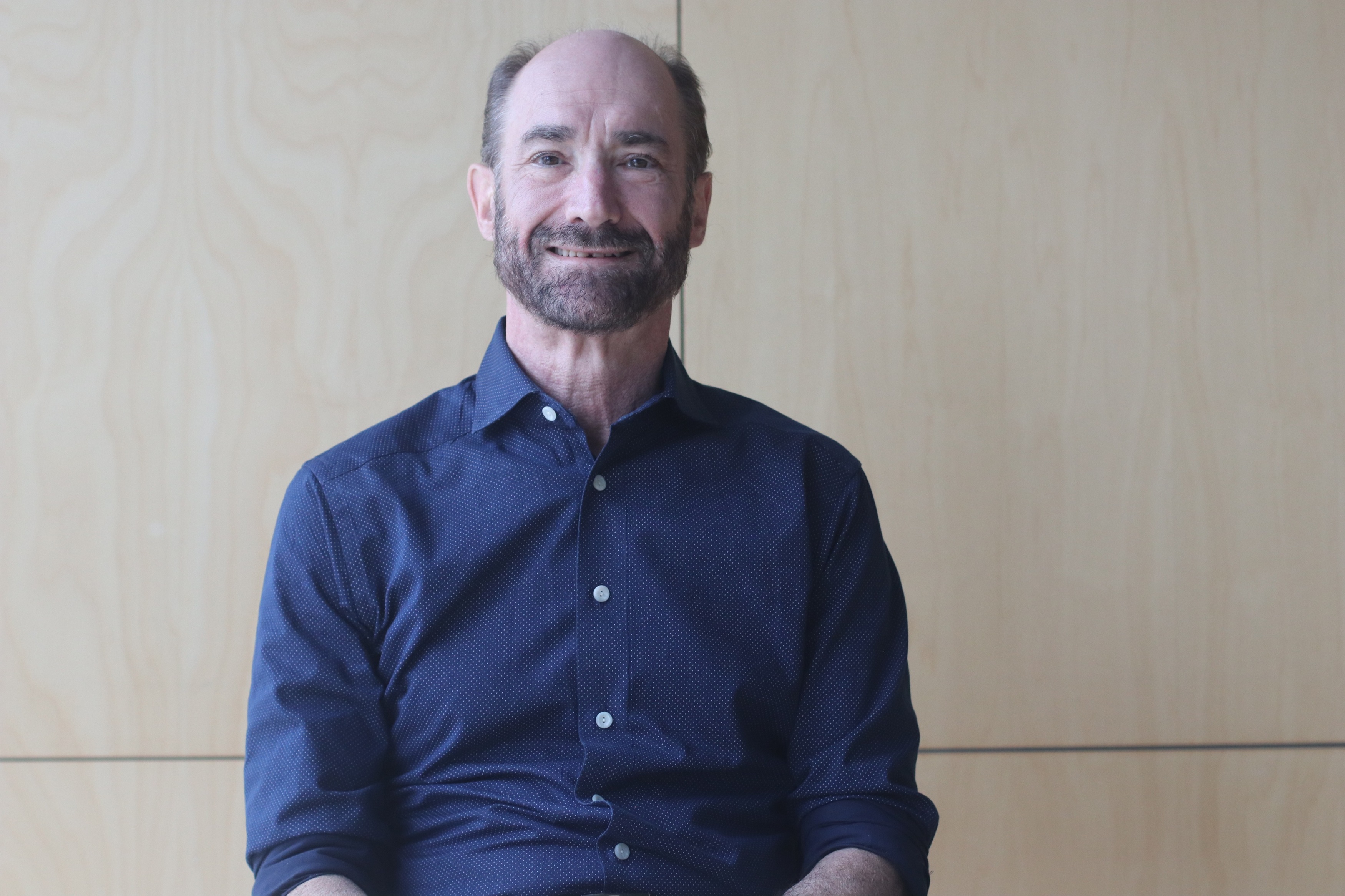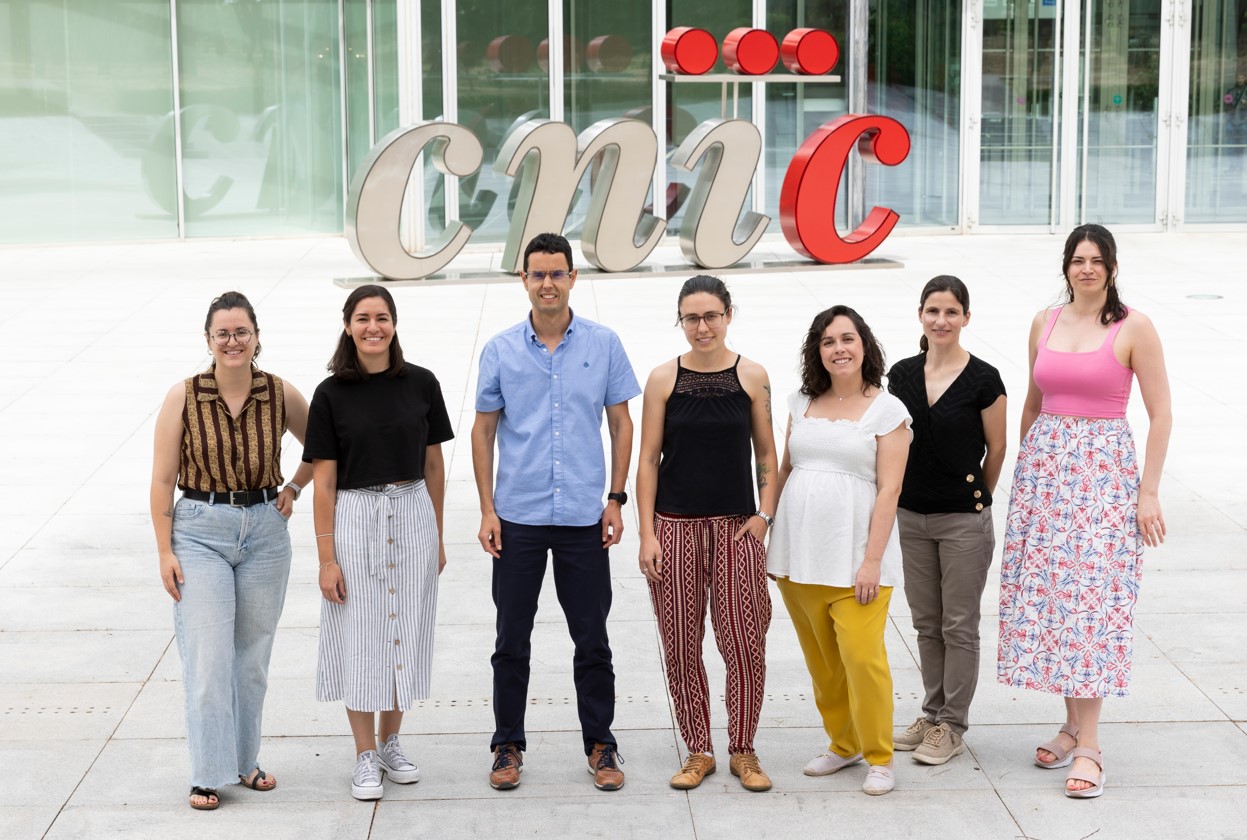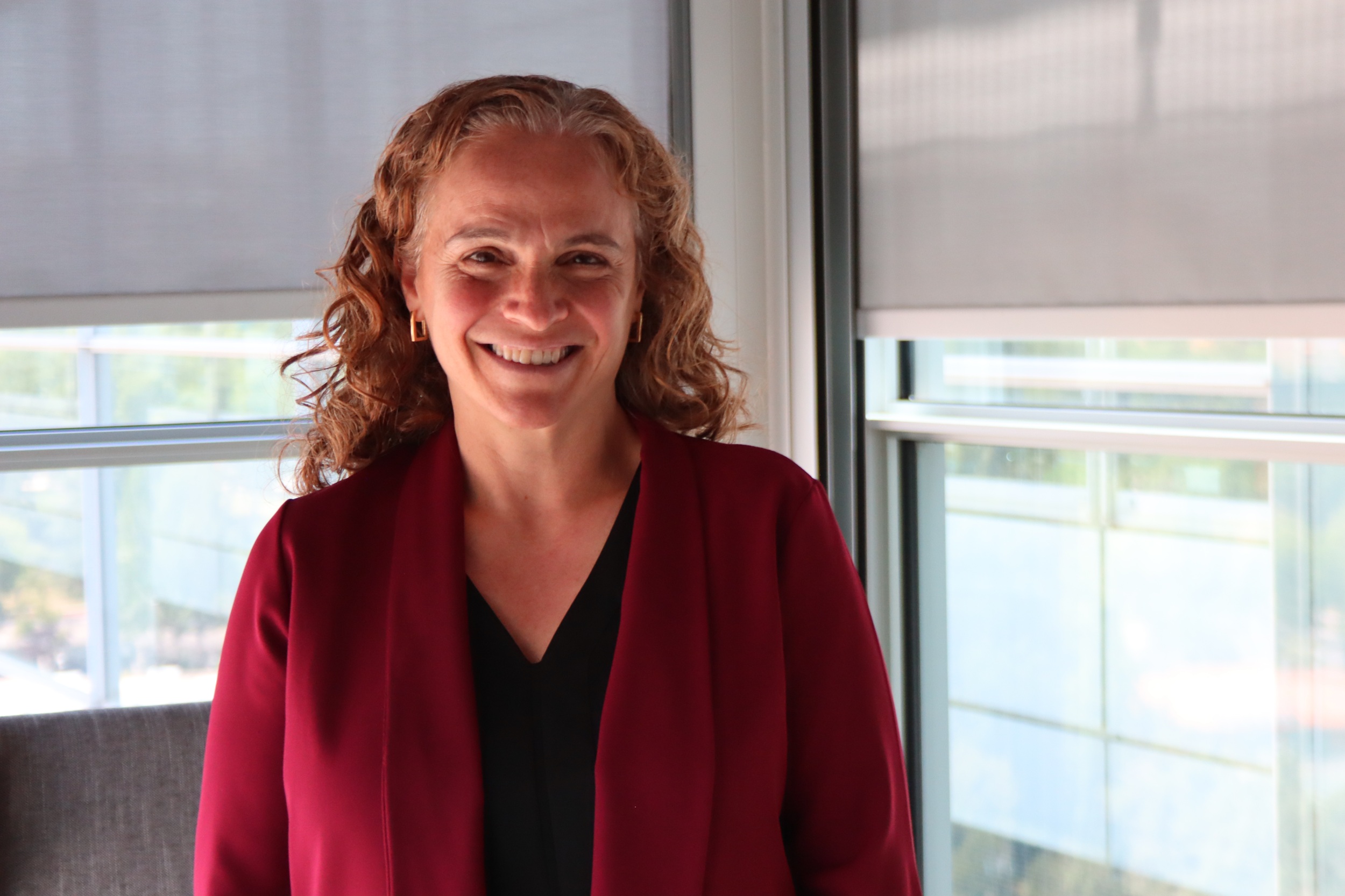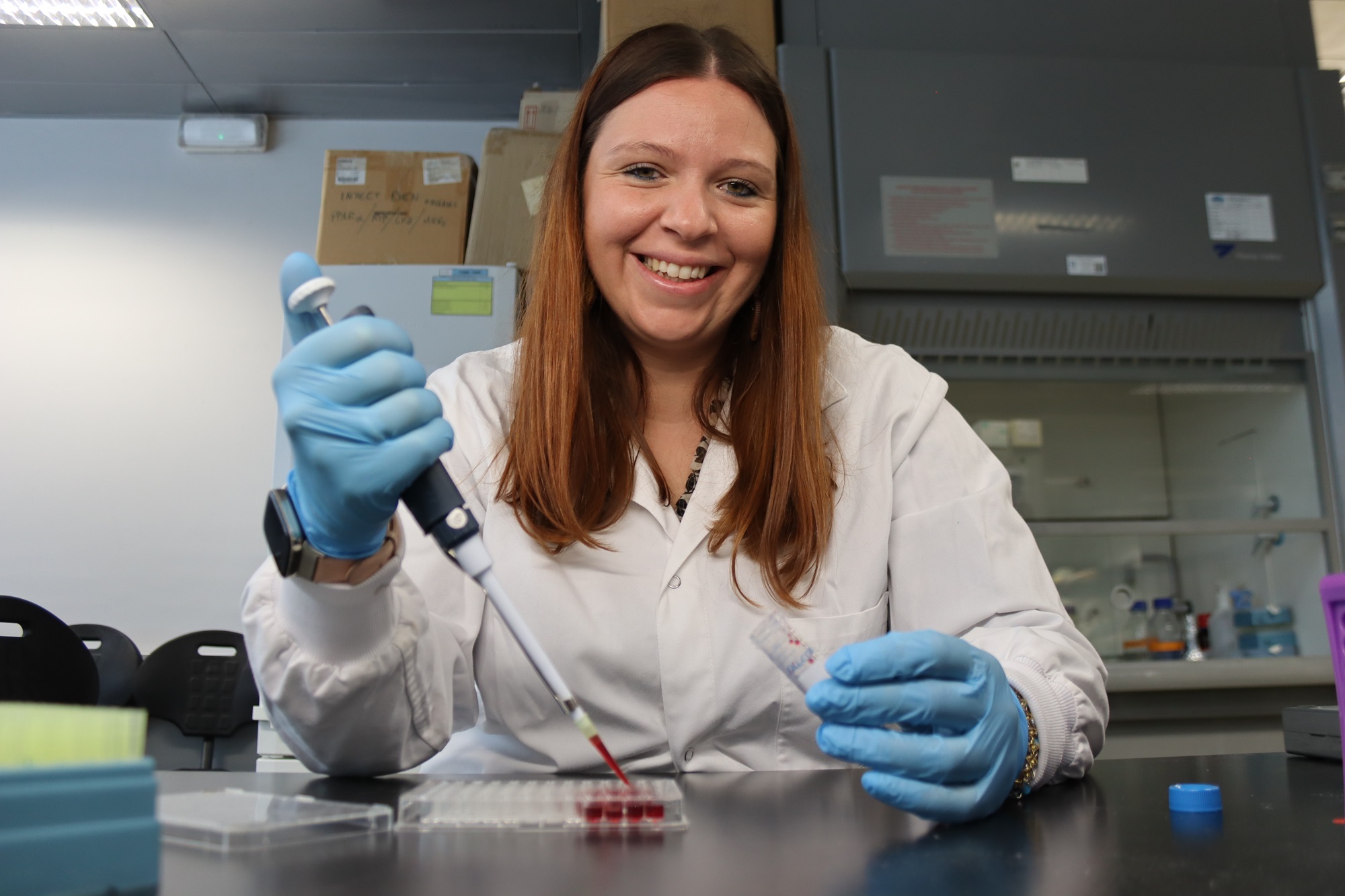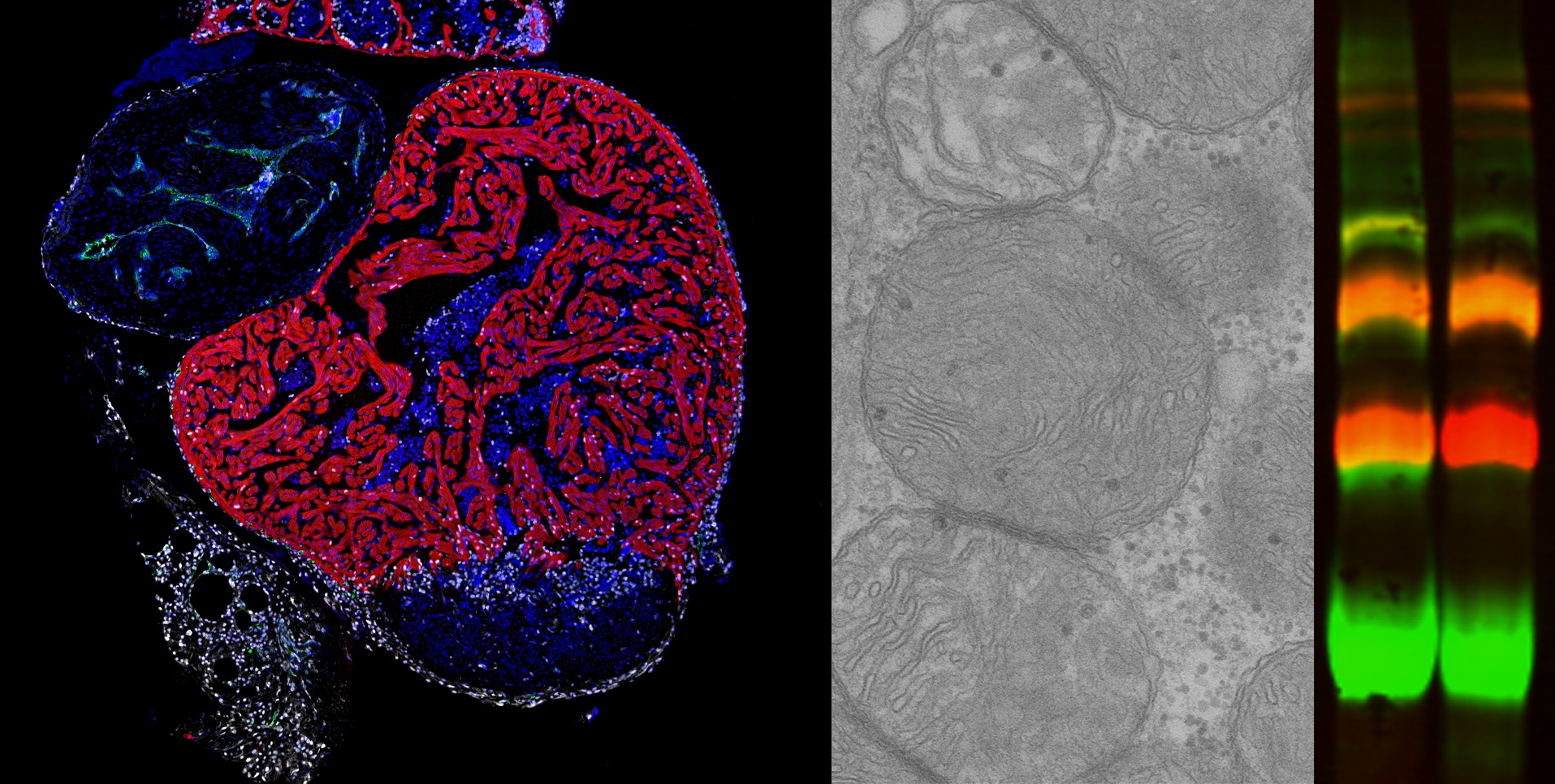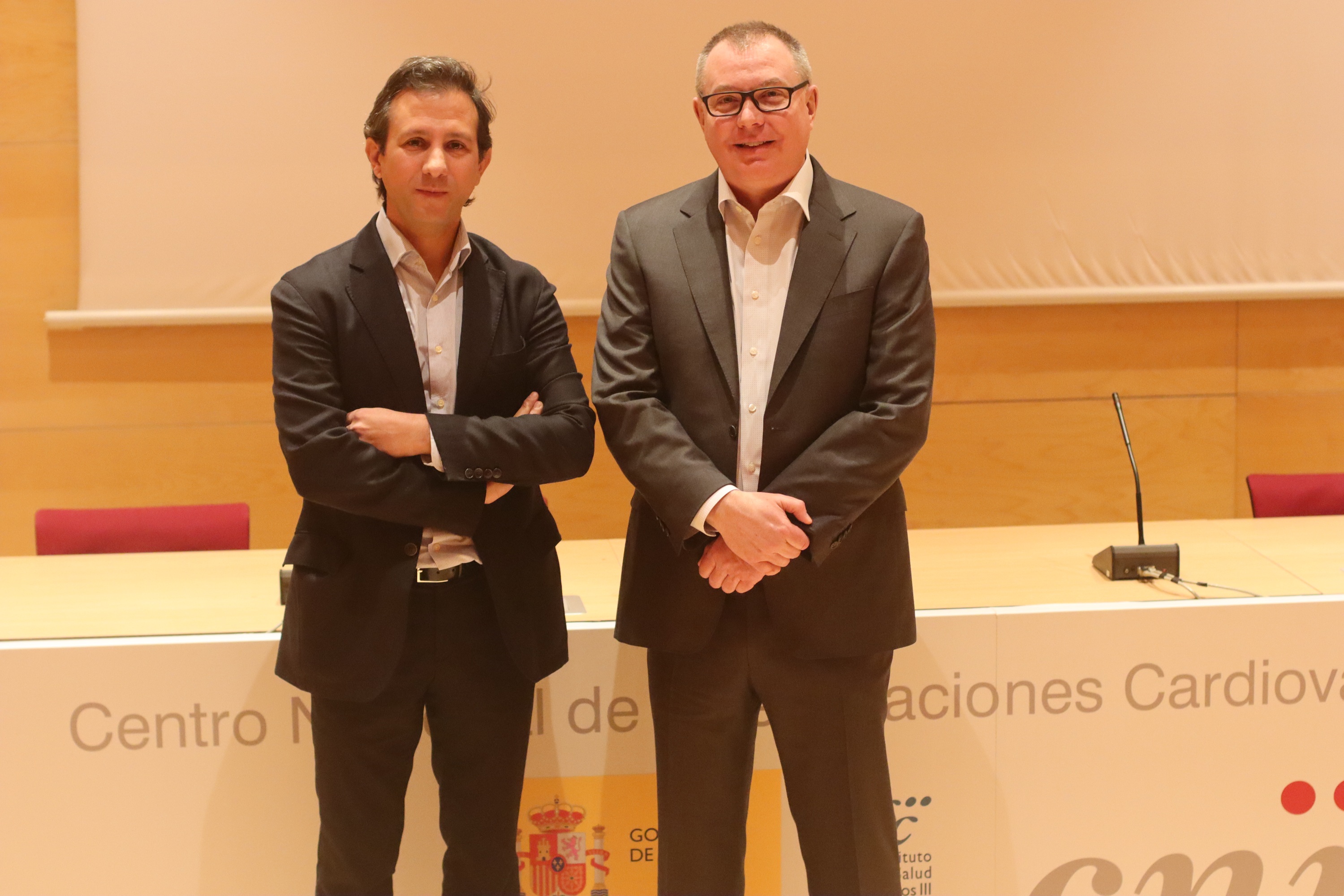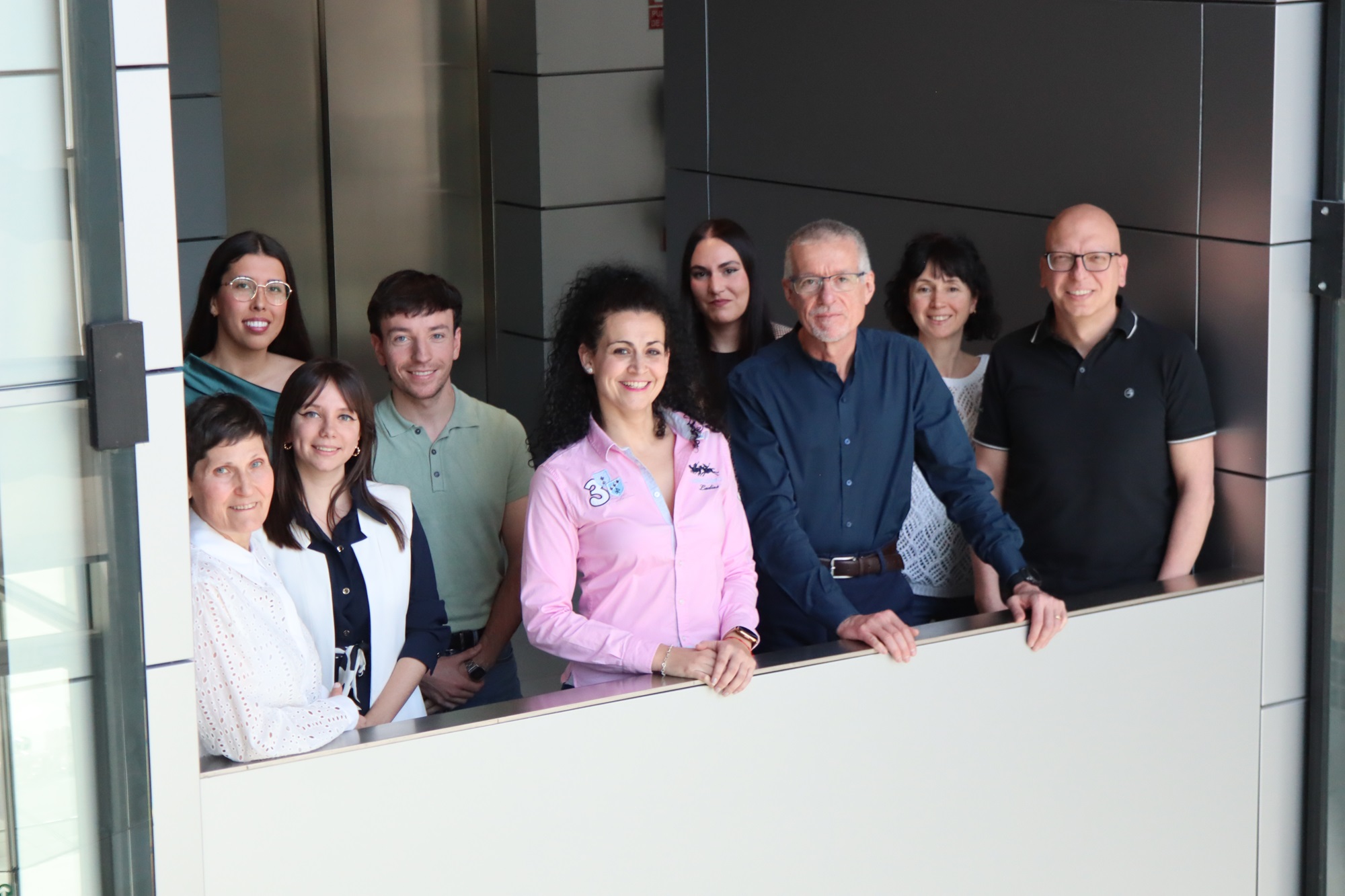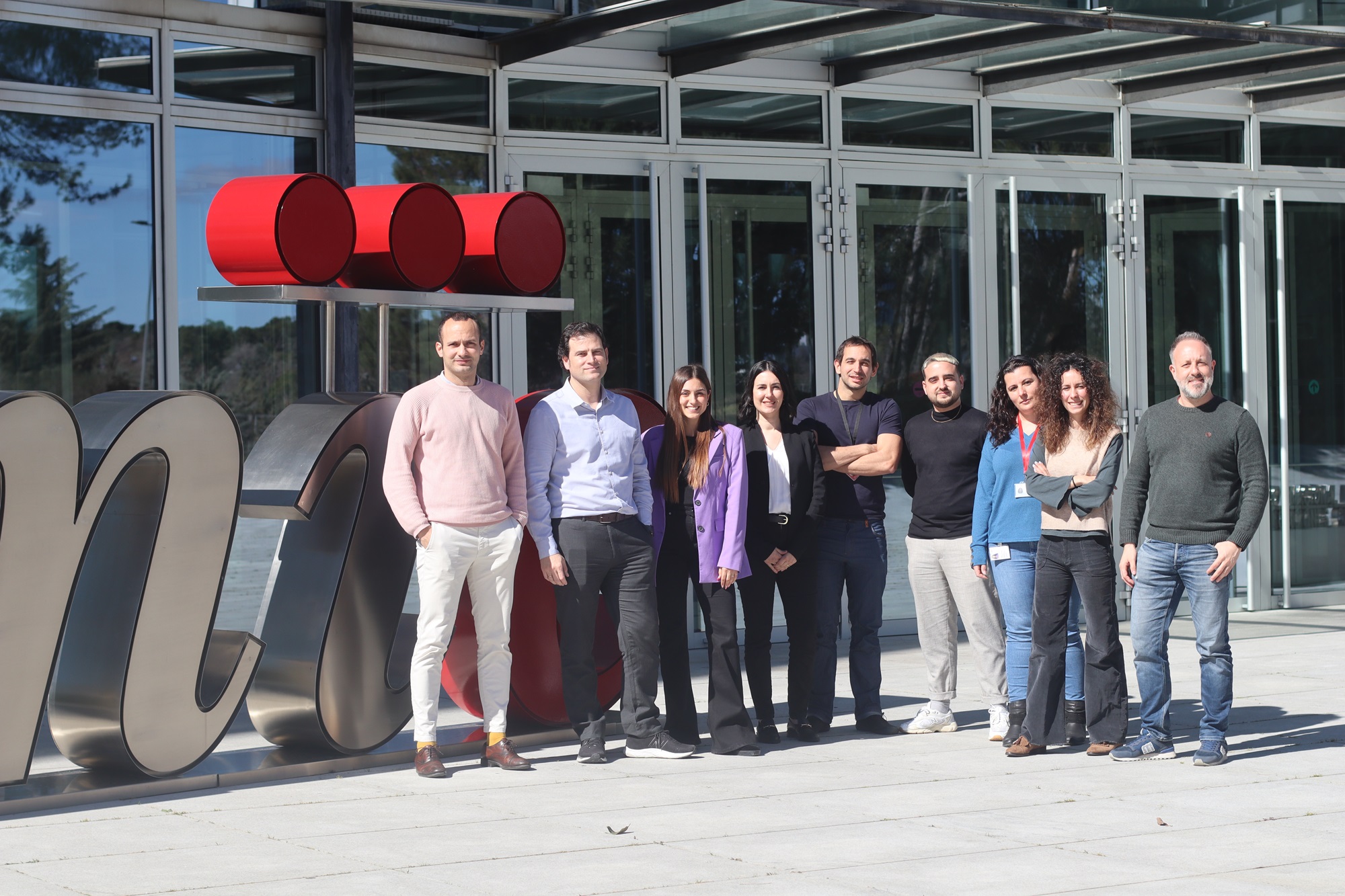News search
|
Research 3 Jul 2024 Stanford W. Ascherman Professor of Genetics, Chair of the Genetics Department and Director of the Centre for Genomics and Personalized Medicine at Stanford |
|
About the CNIC 11 Jun 2024 iSuRe-HadCre promises to become an essential tool for biomedical research using mouse models to modify and understand gene function |
|
Research 4 Jun 2024 Stroke Branch Chief at the National Institute of Neurological Disorders and Stroke (NINDS) |
|
About the CNIC 15 May 2024 Globally, cardiovascular diseases due to atherosclerosis – the build-up of plaque in arteries – are the leading cause of death. A new Danish-Spanish research collaboration aims to develop methods to detect atherosclerosis at earlier ages and encourage prevention. Denmark’s Novo Nordisk Foundation has granted up to EUR 23 million to cover the first 2.5 years of the REACT initiative. The initiative is expected to run for 8 years in total |
|
About the CNIC 11 May 2024 |
|
Research 6 May 2024 Scientists at the CNIC, CIBER, and University of Berne identify the fundamental role of a family of proteins in an essential process for cellular energy production |
|
Research 19 Apr 2024 The elimination of progerin from vascular smooth muscle cells, but not from endothelial cells, prevents the atherosclerosis associated with Hutchinson-Gilford progeria syndrome (HGPS) |
|
Research 16 Apr 2024 The study, published in the journal JACC: CardioOncology, identifies mitochondrial function and heart metabolism as targets for possible treatments to protect against anthracycline-induced cardiotoxicity |
- ‹ previous
- 6 of 35
- next ›
